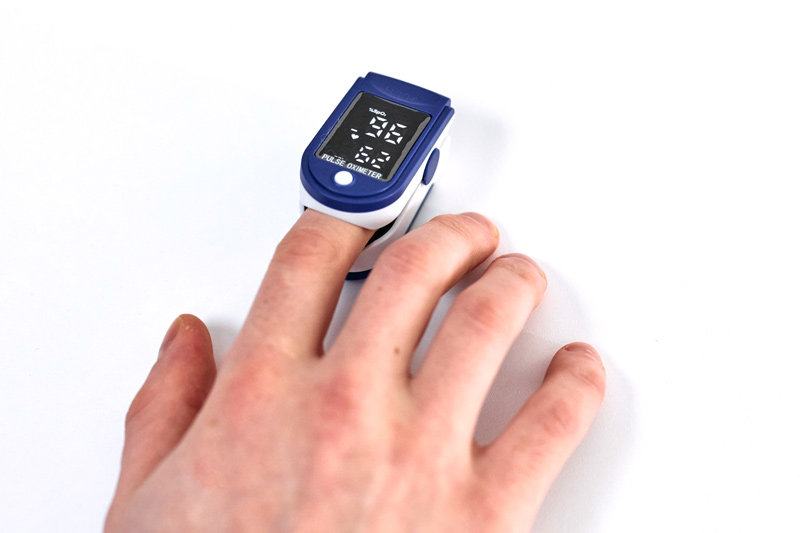Does Breathing Deeper Help Oxygen Saturation While Flying?
Q: I fly cross country a lot just below class ‘A’ airspace with my EDS and recently got a portable pulse oximeter. I’ve noticed that my saturation rate frequently falls below 90% at altitudes around 16k to 18k ft. However, if I breathe a few times deeper the saturation goes well over 90%. I had my system tested and it checked out okay. What is going on?
We have found that about 60-80% of pilots and passengers reduce their respiration effort while at high altitudes thus causing a compromise in the effectiveness of an oxygen system while at moderate to high altitudes.
The respiratory volume and rate is determined by the detection of carbon dioxide (CO2) in the blood, not the lack of oxygen (O2). CO2 is principally generated by spent energy yielding carbohydrates during muscular activity. However, while one is at high altitudes both the CO2 and O2 are at lower absolute levels where the lack of CO2 pressure causes your respiration system to decrease in volume and rate because there is very little CO2 to purge. This causes you to breathe shallowly at a time you need to breathe normally or greater.
In an effort to increase the relative amount of oxygen with respect to the air at altitudes, portable oxygen systems were developed. All oxygen systems will have to cope with this physiological fact. Pressure-demand oxygen masks compensate by trying to keep the tracheal and lung pressures at some pressure higher than ambient – quite uncomfortable to many. The EDS was developed to help mitigate this by increasing tracheal pressures during the pulse delivery where the oxygen is delivered at the most useful point of the inhalation phase.
The problem, however, still remains that the body is fooled into thinking that no CO2 needs to be purged and, therefore, not enough oxygen is inhaled because you are breathing more shallowly than you normally would at a lower altitude. Until pulse oximeters became used by many while in-flight, no one knew much about this fact.



